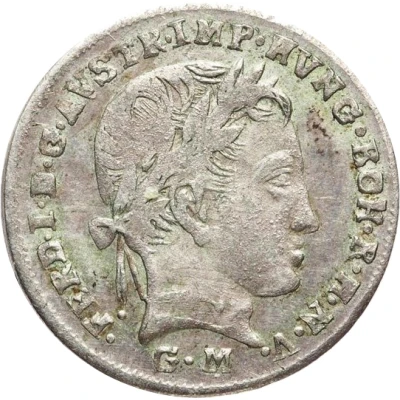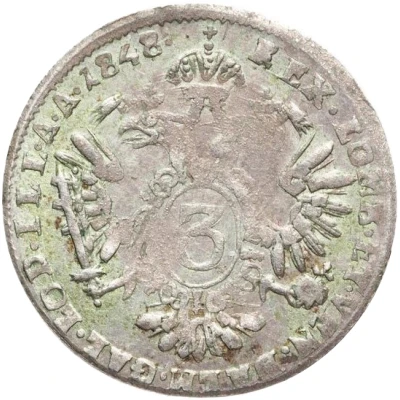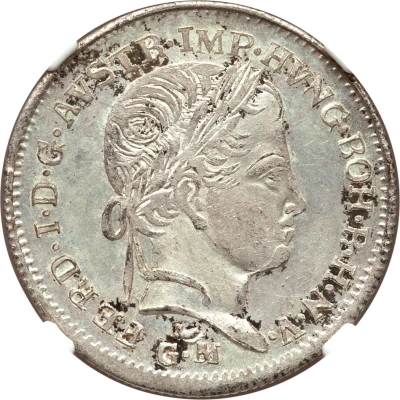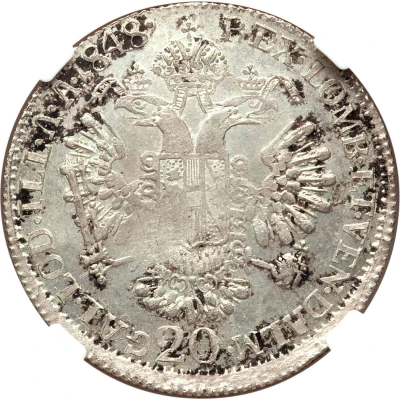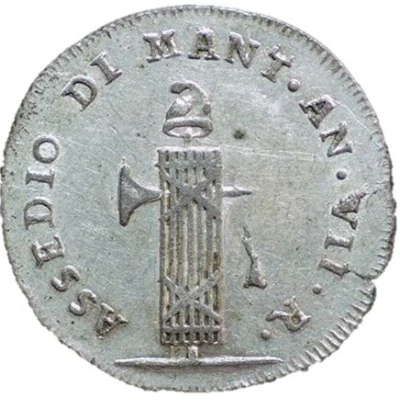
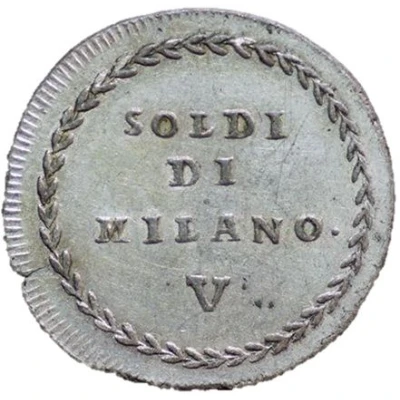

© James Martin
5 Soldi Siege of
7 (1799) year| Silver plated billon | 3.8 g | 20 mm |
| Issuer | City under siege of Mantua (Italian States) |
|---|---|
| Period | War of the Second Coalition (1798-1802) |
| Type | Standard circulation coin |
| Year | 7 (1799) |
| Calendar | French republican |
| Value | 5 Soldi (1⁄32) |
| Composition | Silver plated billon |
| Weight | 3.8 g |
| Diameter | 20 mm |
| Thickness | 1 mm |
| Shape | Round (irregular) |
| Orientation | Medal alignment ↑↑ |
| Demonetized | Yes |
| Updated | 2024-10-05 |
| Numista | N#320053 |
|---|---|
| Rarity index | 94% |
Reverse
4 line inscription within wreath
Script: Latin
Lettering:
SOLDI
DI
MILANO.
V
Translation: 5 Soldi of Milan
Edge
Plain
Comment
This coin is part of the French Revolutionary Wars series. Initially the Austrians were under siege in 1796. As the wars progressed the shoe was on the other foot as the French forces came under siege in Mantua. This coin was struck during that short siege of April to the end of July of 1799. Napoleon had occupied Mantua in northern Italy during the first siege in 1797. Now the Austrians were back with 40k troops vs. the French forces of 10k holding Mantua.The Siege of Mantua (1799) was a four-month effort by the Austrian army to regain a presence in northern Italy after being excluded from that region by Napoleon Bonaparte through the successful French Siege of Mantua in 1797. In April 1799, the Austrians placed a military blockade around Mantua as part of the War of the Second Coalition with the intent of withering the French by attrition. While the diminishing food supplies and losses weakened the French army, the Austrians received reinforcements and attacked on 4 July 1799. By the end of the month, the French agreed to surrender.
Interesting fact
One interesting fact about this coin is that it was minted during a time of great turmoil and conflict. The Siege of Mantua, which took place in 1799, was a significant event in the Italian States during the Napoleonic Wars. The city was under siege by the Austrian army, and the minting of this coin was likely a way for the city to continue to function and maintain some sense of normalcy despite the surrounding chaos.
